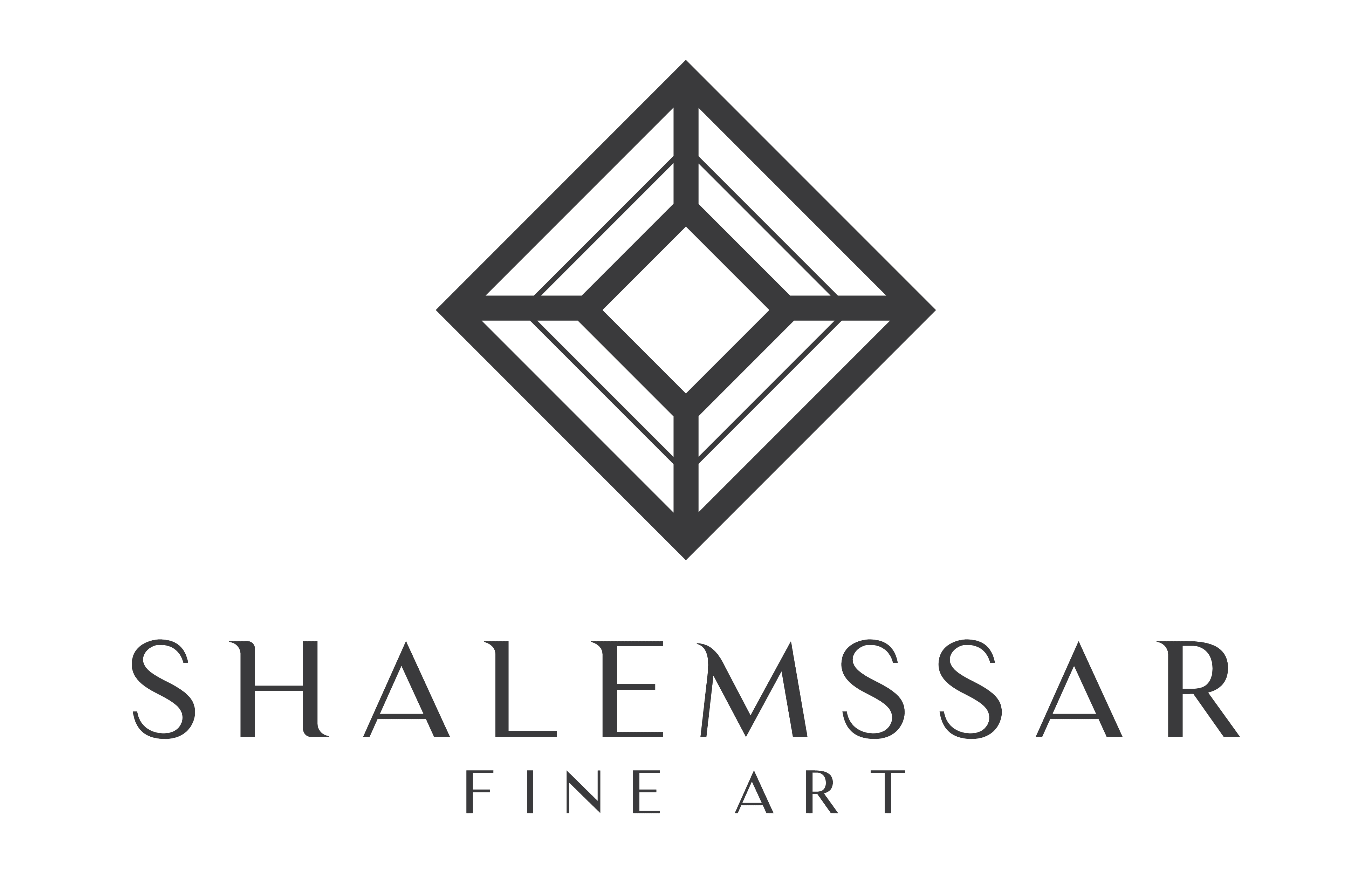
Henry Moore
Henry Moore (1898 -1986) was an English sculptor and began his career as a teacher. With an early desire to become a sculptor, he attended the Leeds School of Art...
Henry Moore (1898 -1986) was an English sculptor and began his career as a teacher. With an early desire to become a sculptor, he attended the Leeds School of Art after serving in the military during World War I. He later became known as the foremost British sculptor of the 20th century. His most well-known work consists of cast bronzes with a figural human and animal focus, rendered as abstract and monumental with non-Western and “Primitive Art” influences, which he adapted into the Modernist style. Moore traveled throughout Europe, coming into contact with other avant-garde sculptors such as Barbara Hepworth, Georges Braque, and Alberto Giacometti. His work gained widespread notoriety, showing a retrospective at the Museum of Modern Art in New York in 1946, and winning the International Sculpture Prize at the 1948 Venice Bienniale. Some of his more recent retrospectives include shows at Tate Britain, the Maeght Foundation, and the National Gallery of Art. His work is in collections worldwide, including at the Hiroshima City Museum of Contemporary Art in Japan, the J. Paul Getty Museum in Los Angeles, and the Metropolitan Museum of Art in New York.
